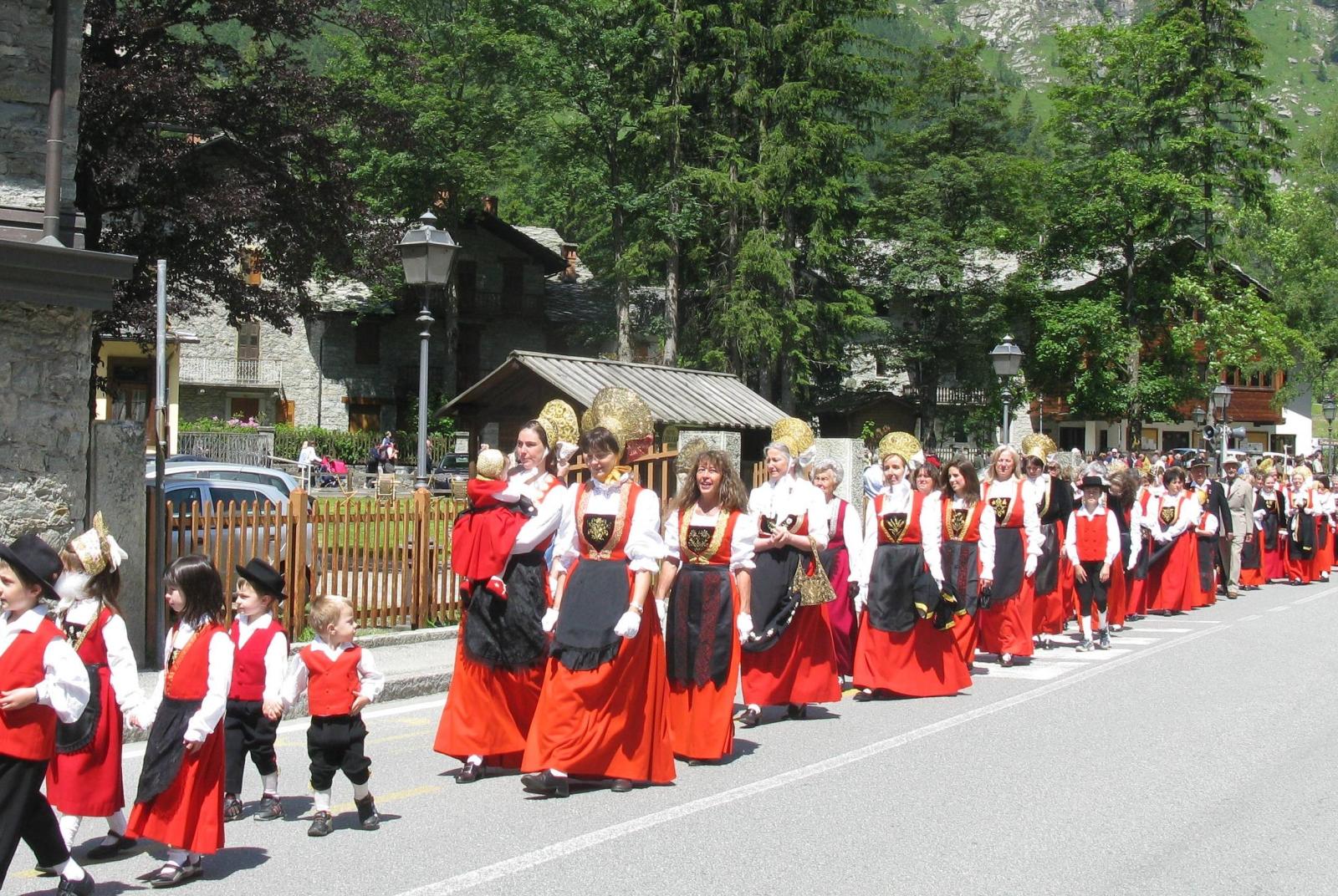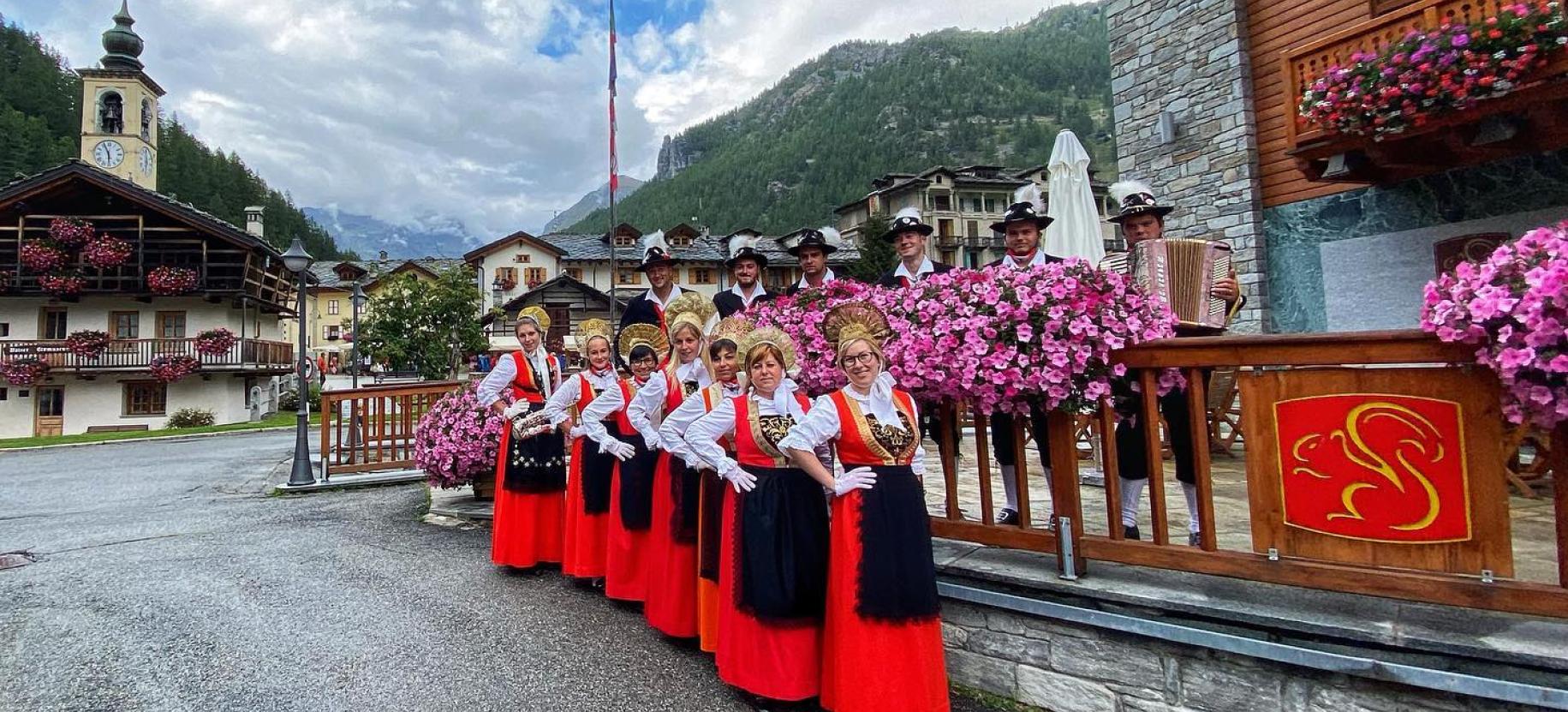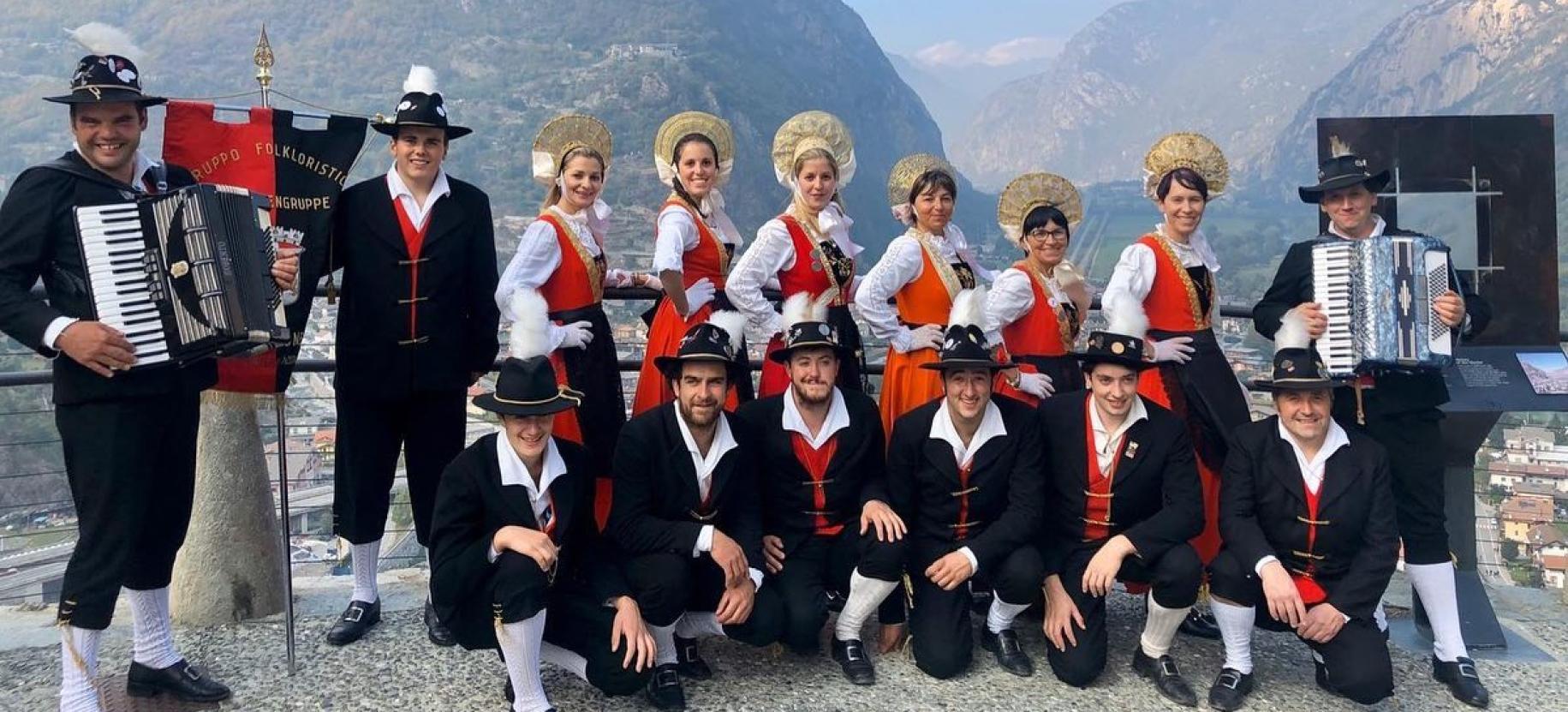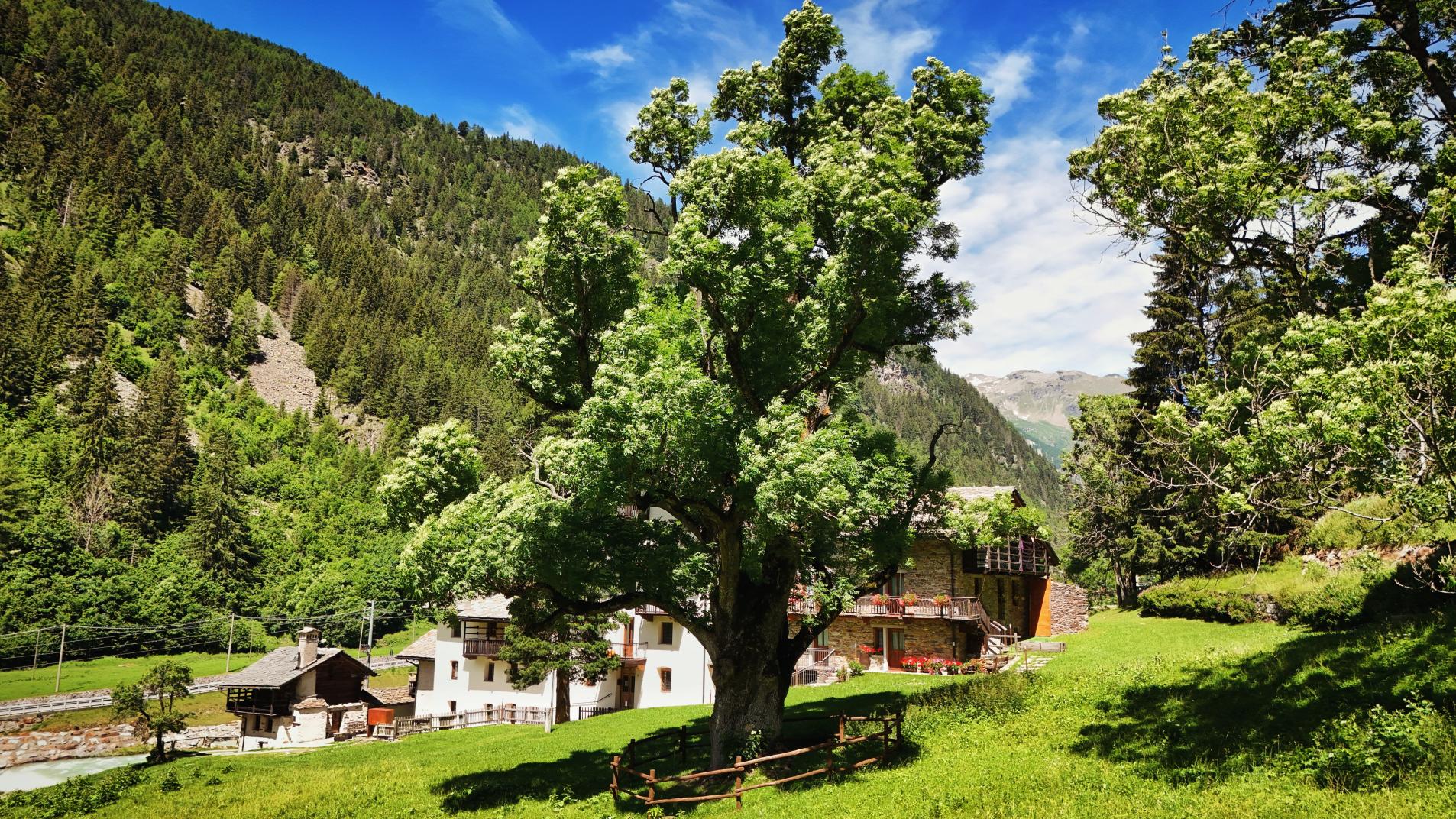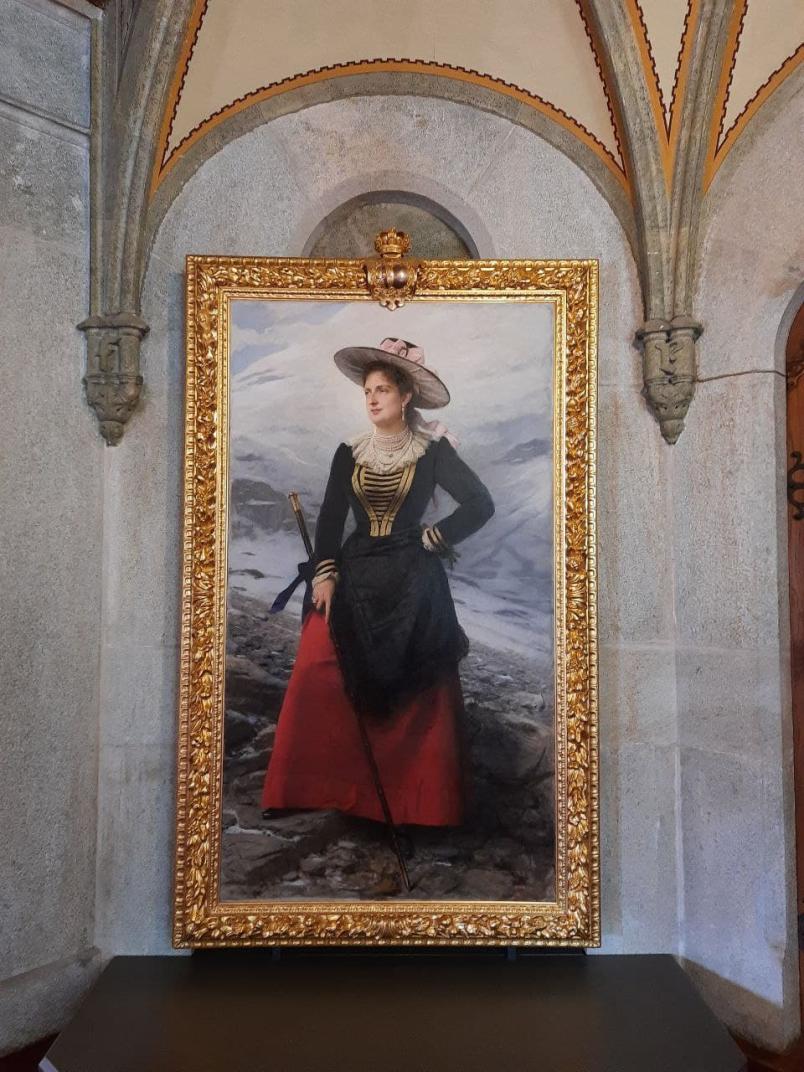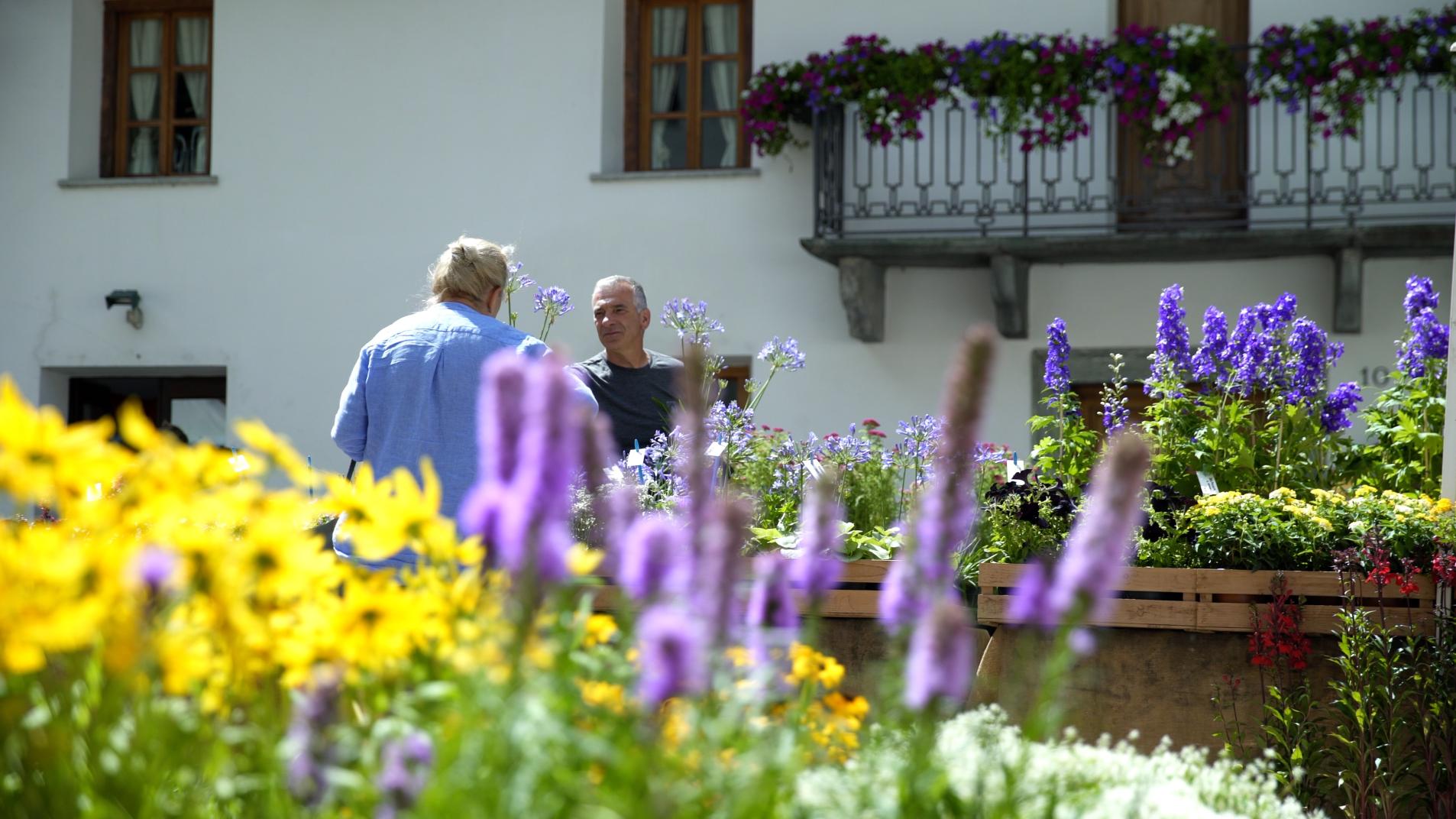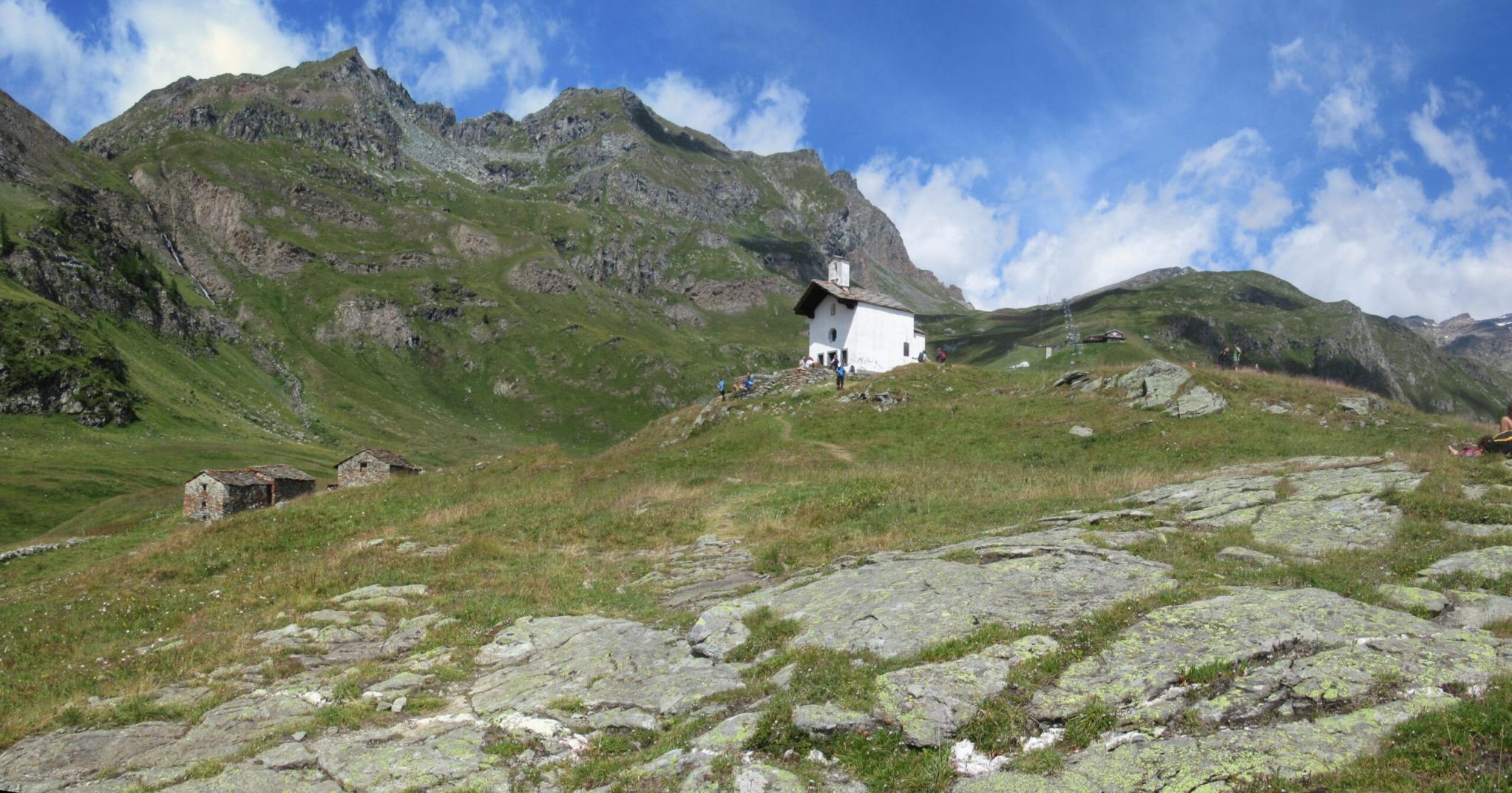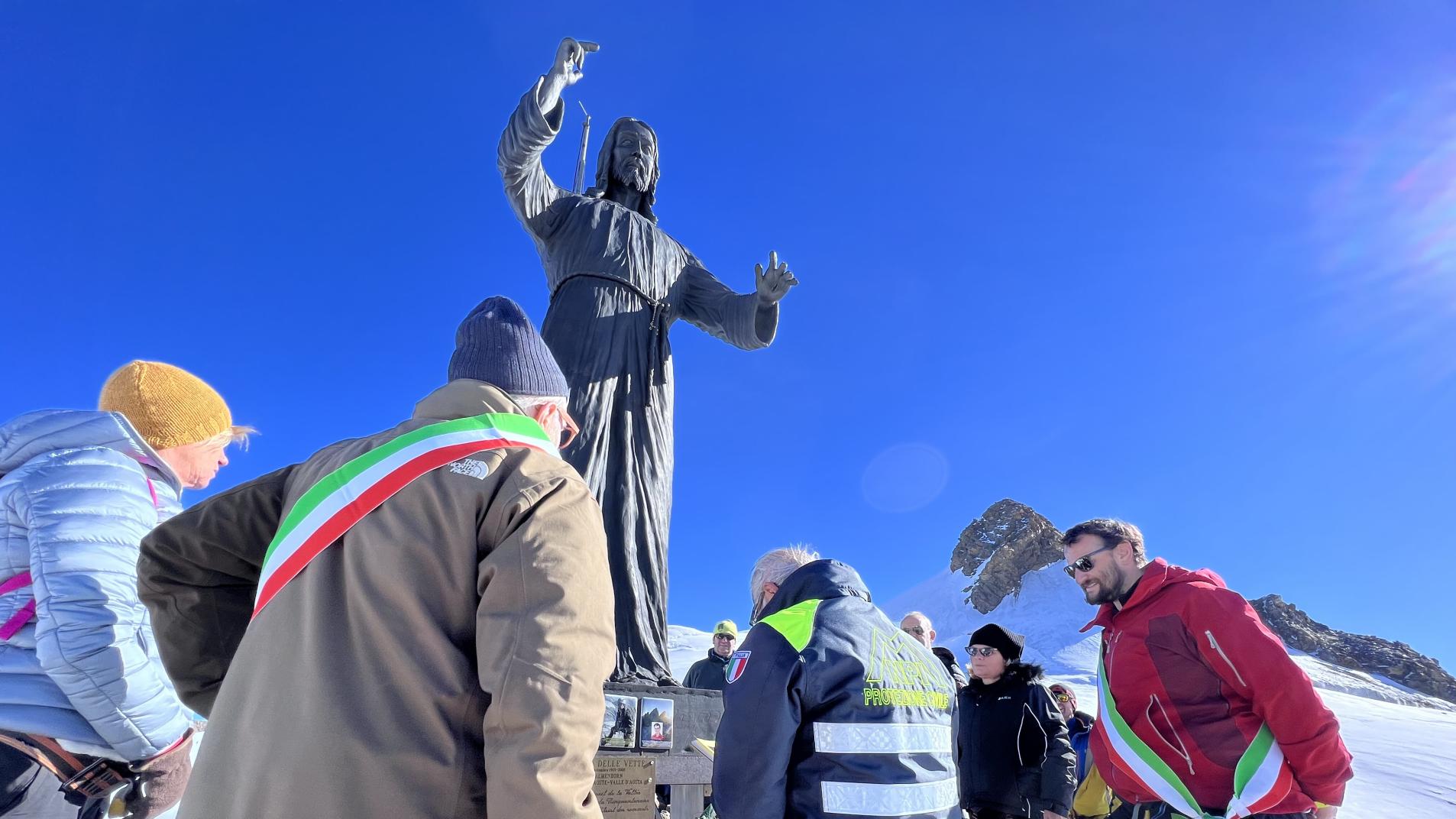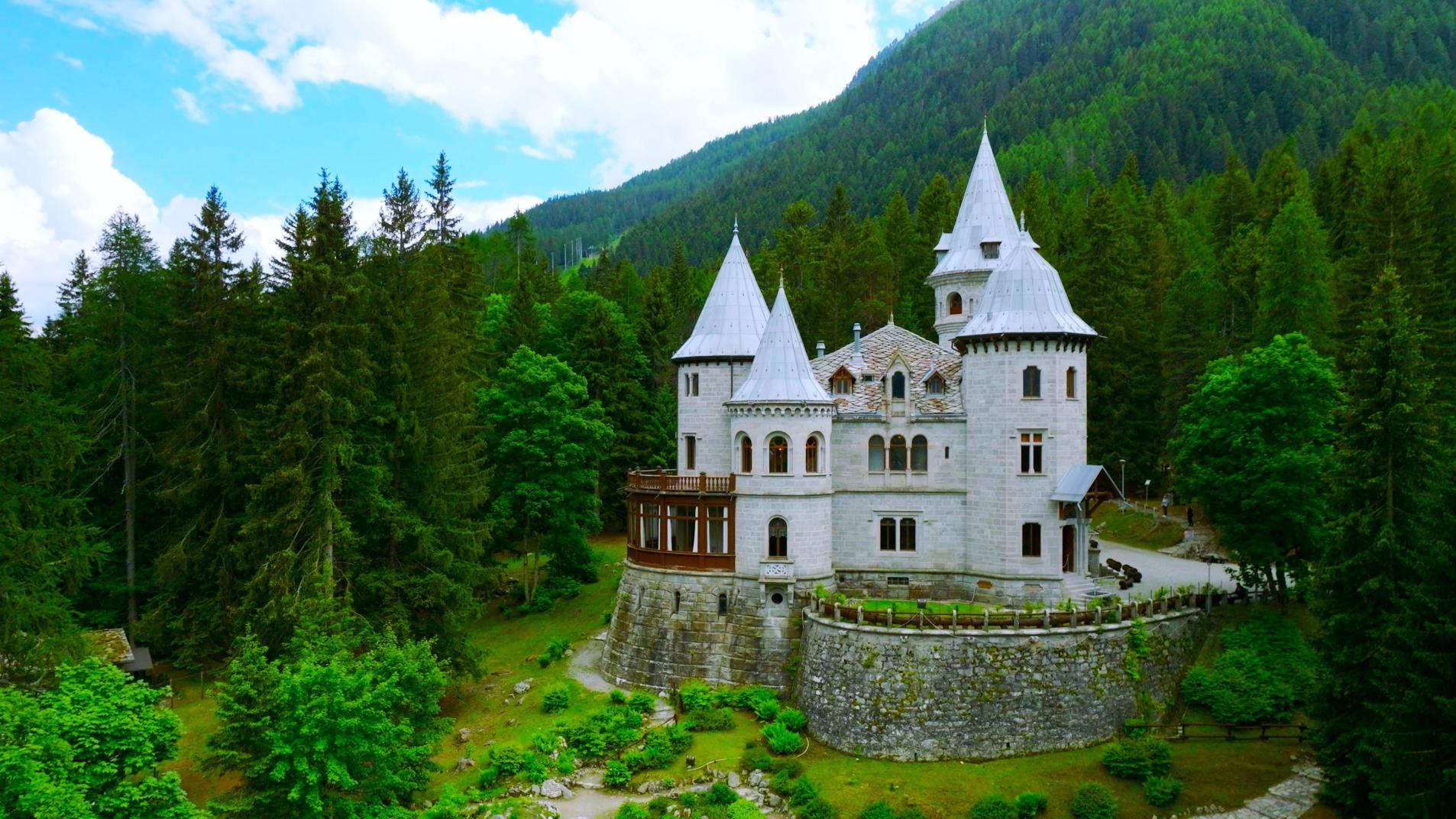In ancient times, the women of Gressoney used to wear a dress similar to today's traditional costume: it was shorter and unadorned and the skirt was made of local cloth and characterised by many folds.
They also wore a wide apron and a handkerchief tied behind the nape of the neck, sometimes replaced by a large, heavy felt hat with wide brims to protect them from the sun and the weather.
The festive dress was of fine fabric, the pleats were higher and it was black, blue or dark purple. A white hemp blouse was worn over a black jacket and a coloured silk scarf.
With the arrival in Gressoney of Queen Margherita of Savoy, the traditional costume was enriched by her with refinement, elegance and style, so much so that the Queen herself used to wear it on summer holidays in Gressoney.
Today, the women's dress is scarlet red and is still worn on feast days and special occasions such as baptisms, communions, confirmations and weddings.
In the 1950s, a men's suit was made to accompany the women's suit. It is very reminiscent of the German tradition and has the same colours as the women's outfit: white, red and black.
Since 2024 the traditional costume of Gressoney has been the subject of a specification designed to protect its authenticity and ensure its quality. This specification was drawn up under the guidance of a local seamstress and provides for the certification of the costumes by a special committee. This seal of quality ensures that the costumes are made according to the traditions and characteristics typical of Gressoney, thus guaranteeing its authenticity.

